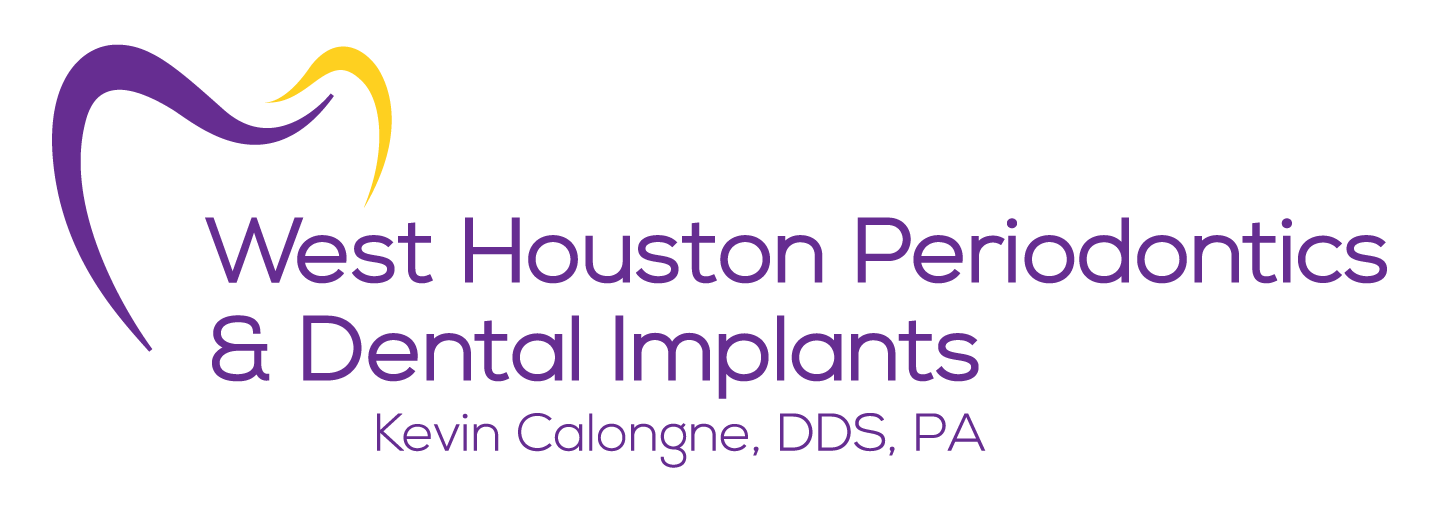Today, I’m going to start a series about periodontal diseases, and we’ll start with adult periodontitis, the most common form of gum disease.
Adult periodontal disease is defined as a loss of attachment and support for the teeth as a result of inflammation caused by certain oral bacteria. These bacteria are normally found in the mouth, but, in some people, and under some conditions, they cause inflammation in the area surrounding the teeth that leads to bone loss and, eventually, tooth loss. This is a complex process that involves many different bacteria, but the caveat is that the bacteria themselves do not directly cause the bone loss. It is an over-response by the body’s own immune system that causes the damage. This is why there is tremendous variability in the amount of dental plaque (100% bacteria by weight) that is necessary to cause problems. You may know people who seldom brush, floss, or have regular dental cleanings that don’t have gum issues. They have more resistance to the inflammation caused by plaque. Other people do a good job of keeping their teeth clean, but still have bone loss. Of course, the best way to prevent gum disease is to keep your teeth as clean as possible and have regular dental cleaning, regardless of your susceptibility to gum disease. If you have gum problems, see a dentist or periodontist, so you can minimize the damage and get back to a healthy mouth that will benefit you throughout life.
Periodontal Diseases

